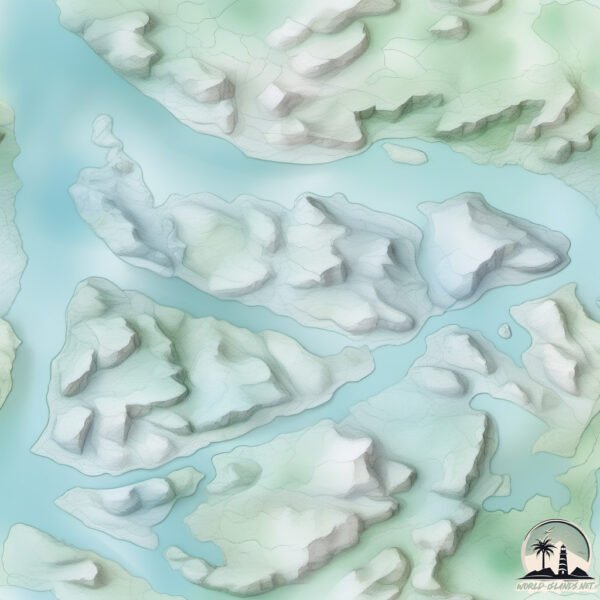Welcome to Knorr , a Temperate island in the South Pacific Ocean, part of the majestic Pacific Ocean. This guide offers a comprehensive overview of what makes Knorr unique – from its geography and climate to its population, infrastructure, and beyond. Dive into the details:
Geography and size of Knorr
Size: 116.4 km²Coastline: 114.6 kmOcean: Pacific OceanSea: South Pacific OceanContinent: South America
Knorr is a Large Island spanning 116 km² with a coastline of 115 km.
Archipel: Cordillera Patagónica Insular – A series of islands in the Patagonian region, known for their dramatic landscapes and part of the Andean mountain range.
Tectonic Plate: South America – A major plate covering the South American continent and part of the Atlantic Ocean, known for the Andes mountain range and significant seismic and volcanic activity.
The geographic heart of the island is pinpointed at these coordinates:
Climate and weather of Knorr
Climate Zone: TemperateClimate Details: Temperate Oceanic ClimateTemperature: Warm Summer
Climate Characteristics: Known for its moderate year-round temperatures with ample rainfall and no dry season. Warm summers are characteristic.
Topography and nature of Knorr
Timezone: UTC-04:00Timezone places: America/La_PazMax. Elevation: 871 m Mean Elevation: 163 mVegetation: Evergreen Broadleaf ForestTree Coverage: 59%
The mean elevation is 163 m. The highest elevation on the island reaches approximately 871 meters above sea level. The island is characterized by Plateau: Elevated flatlands rising sharply above the surrounding area, with a maximum elevation over 500 meters but a mean elevation less than 300 meters, forming unique highland areas on islands.
Dominating Vegetation: Evergreen Broadleaf Forest
Vegetation: 7 vegetation zones – Very Highly Diverse Island
Infrastructure and Travelling to Knorr
Does the island have a public airport? no .
Does the island have a major port? no .
The mean population of Knorr is 1 per km². Knorr is Uninhabited. The island belongs to Chile .
Continuing your journey, Aldea is the next notable island, situated merely km away.
Knorr’s island-style kale, pineapple and balsamic quinoa power salad
This Heritage Month, Knorr brings you delicious recipes that use sustainable ingredients, because what you eat matters.
Knorr’s island-style kale, pineapple and balsamic quinoa power salad
This Heritage Month, Knorr brings you delicious recipes that use ...
This Heritage Month, Knorr brings you delicious recipes that use sustainable ingredients, because what you eat matters.
Knorr Great Carvery accolade and interview with 2018 Island of Ireland Winners
Check out the Interview with the 2018 Winners.
Check out the Interview with the 2018 Winners.
The Realities of Living in Hawaii: Insights from Adam Knorr
Visiting Hawaii and living there are two different experiences. While ...
Visiting Hawaii and living there are two different experiences. While Hawaii offers a blissful paradise in some ways, there are ...
Chile is classified as Emerging region: G20: Group of Twenty – Major economies comprising both developed and emerging countries, representing the world’s largest economies. The level of income is Upper middle income.
News – Latest Updates and Headlines from Knorr
Stay informed with the most recent news and important headlines from Knorr. Here’s a roundup of the latest developments.
Loading...
Please note: The data used here has been primarily extracted from satellite readings. Deviations from exact values may occur, particularly regarding the height of elevations and population density. Land area and coastline measurements refer to average values at mean high tide.

